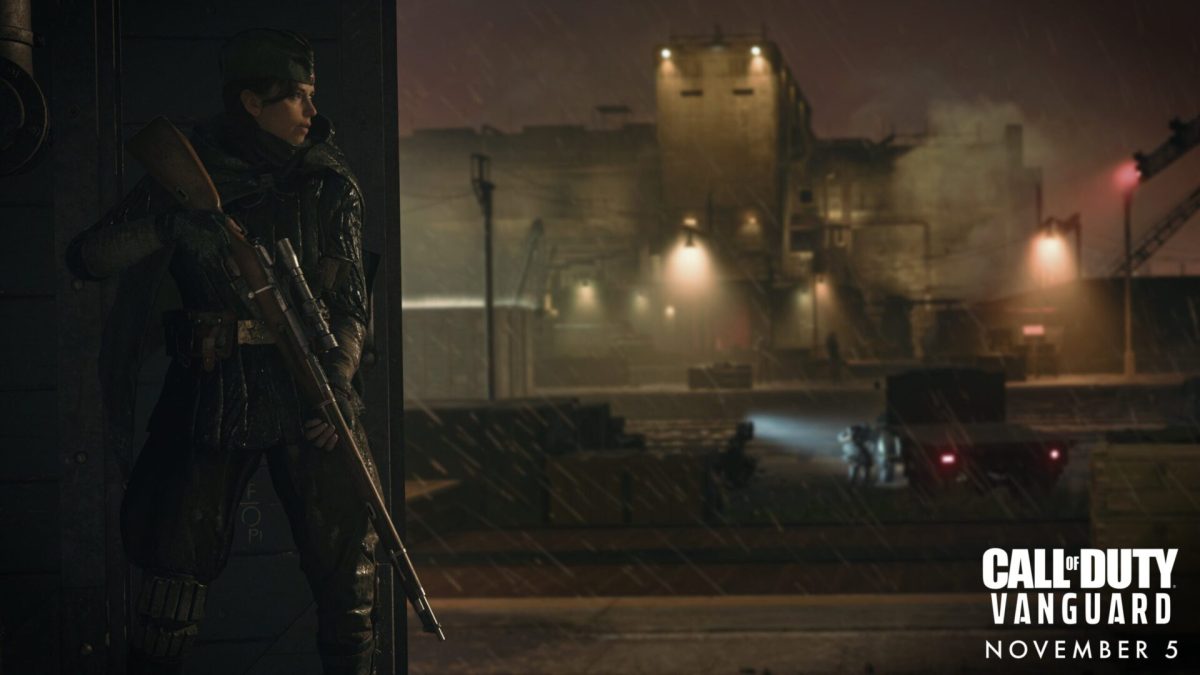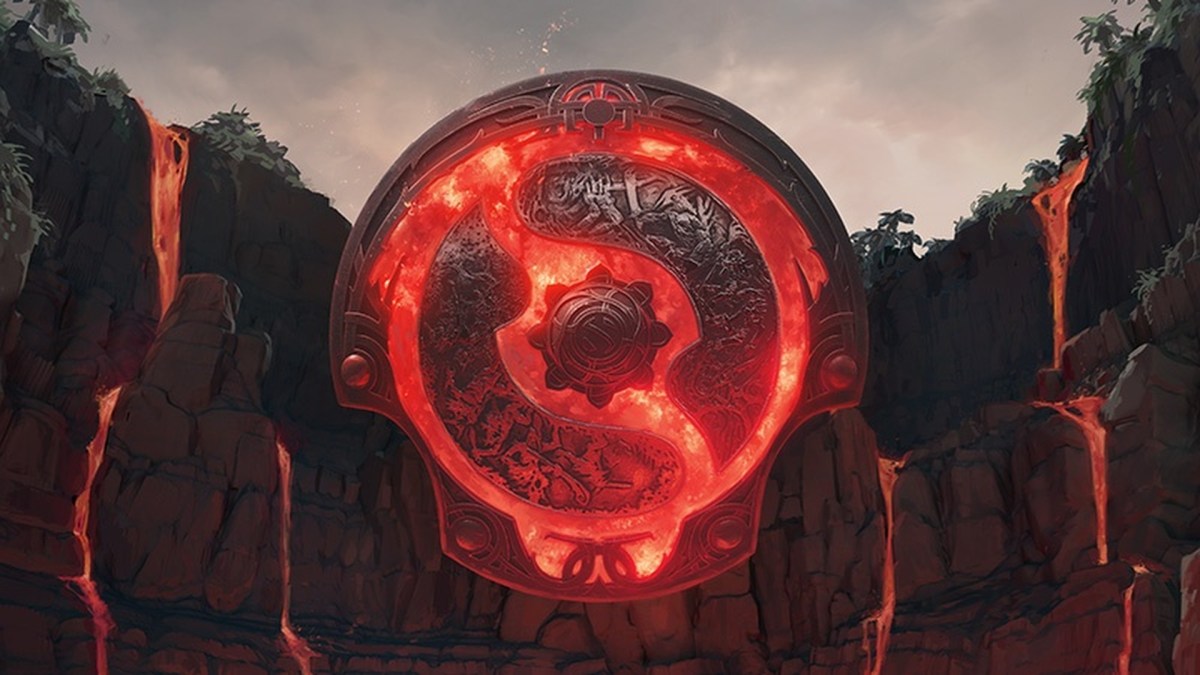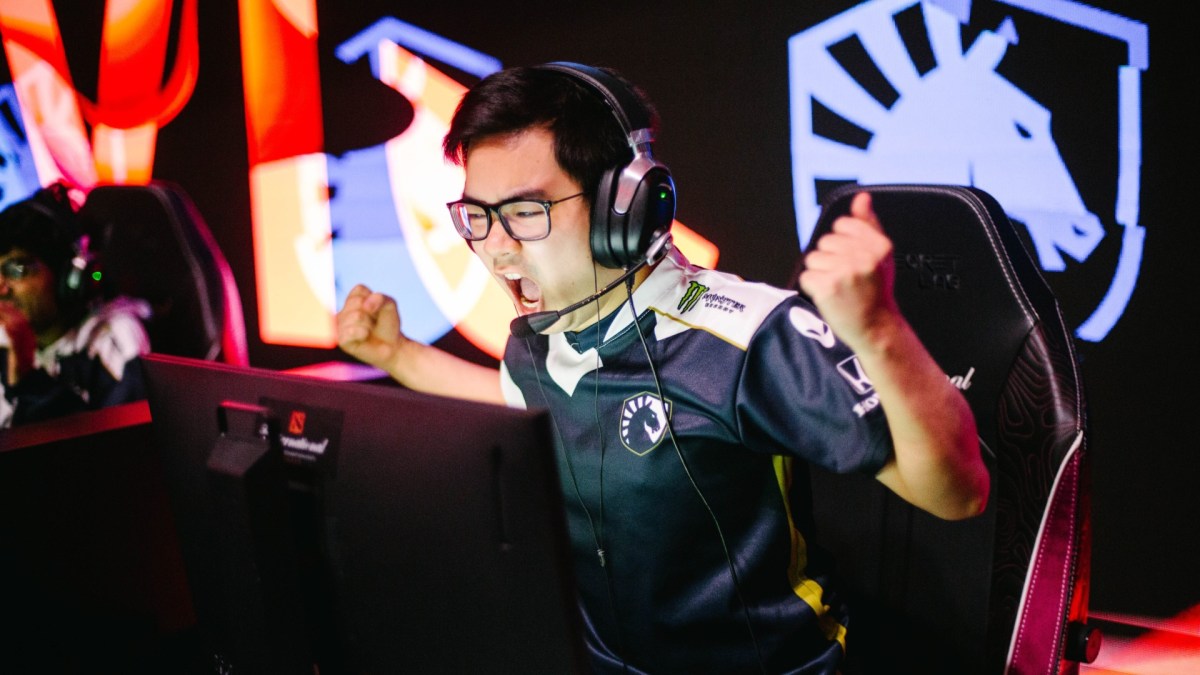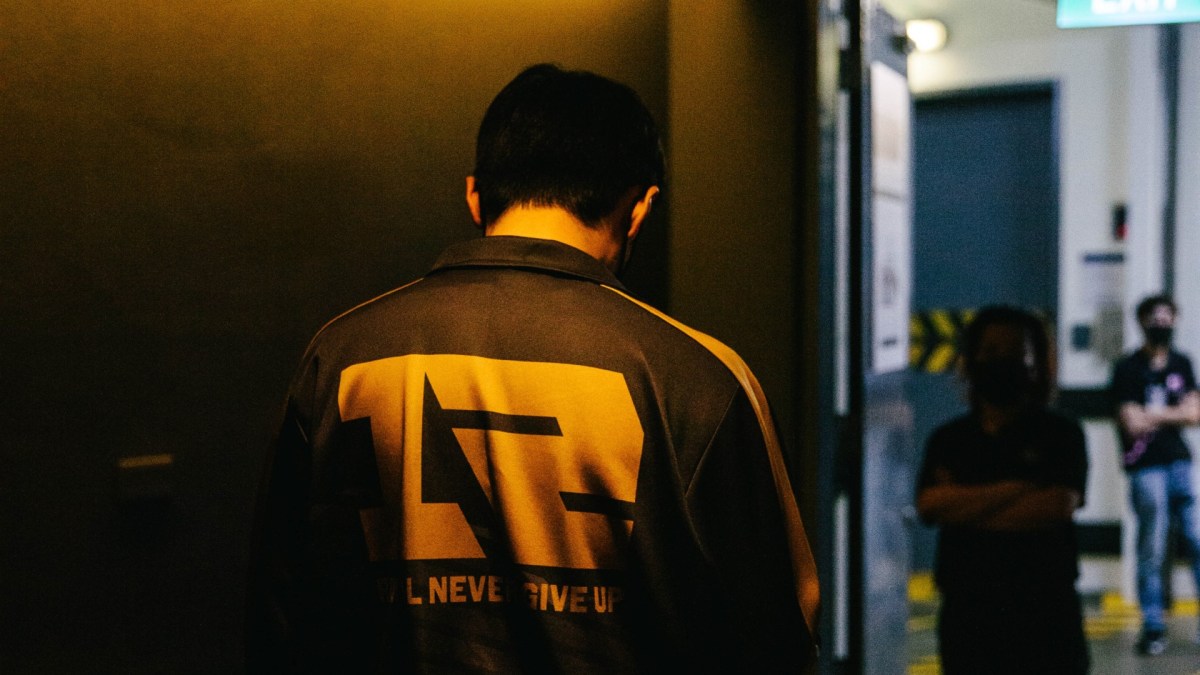The laning phase. Safelane. Offlane. To people who don’t play Dota 2, the jargon surrounding laning isn’t easy to understand. However, this is very important to grasp early on to ensure team success. Most importantly, you need to be able to pick the right heroes for the right lanes. Once you have mastered the art of the draft, success is yours for the taking!
In this article, I’ll be going over three pairs for beginners to try in the lane, two for the safelane and one for the offlane. These will be for both your offlane and your team’s safelane, as well as some very basic strategy that applies to all heroes. We won’t be going over the midlane, as that is a one-man lane and a different kettle of fish entirely. Applying these to your games won’t necessarily win you them on the spot, nor would it get you to The International, but lanes with synergy are a force to be reckoned with.
The basics of laning
When it comes to low rank or beginner games in Dota 2, laning is more of an art than a science. As you progress through ranks and climb the ladder of success, it switches from one to the other. That being said, there are some general rules of thumb that apply from Guardian to Immortal. First, however, we’re going to go over some of the aforementioned jargon to get you up to speed.
A glossary of terms
- Safelane — Your safelane is the horizontal lane for your team. It’s called a safelane because it’s longer than the offlane and the creeps come closer to your tower. Each team’s safelane meets the end of the other team’s offlane and vice versa.
- Offlane — The offlane is the short, vertical lane. It’s a tougher lane to be in as you’re closer to the enemy tower and your lane isn’t as long, so can be pushed easier.
- Midlane — Midlane is the diagonal lane on the map and is generally populated by a single hero who can hold their own. Midlaners also go solo because they need the farm to themselves to help gank later.
- Gank — A portmanteau of “gang” and “kill”, when multiple heroes gang up on one or two members of the enemy team to get ’em
- Teamfight — Almost the opposite of a gank when the two teams battle five-on-five for control of territory or to push towers
- Carry — Your carry is the hero on your team that needs the most gold. The function best when they’re “6-slotting”, namely when they have six items that help them win fights
- Support — Your safelane support generally needs the least farm. They probably will spend most of the game buying wards and not killing creeps.
The general formula for laning
There is a very basic formula to team composition and laning in Dota 2, which goes as follows:
- The safelane wants to contain your carry and a support
- Your offlane houses a ranged hero with an escape mechanism or a tanky hero who can stay in lane
- Finally, a midlane generally has a hero who is good at pushing and ganking
The role of the safelane is to allow the carry to farm. The support’s job is to ward and make sure that the enemy stays away from your carry while allowing your teammate to accrue as much gold as possible. Consequently, supports need to be able to rely on their abilities to hold their own. It also helps greatly if you have a support with a disable. This will allow you to push the enemy back and potentially score kills in lane.
With that in mind, let’s look at our pairs!
Ursa and Shadow Shaman

Ursa
Ursa exemplifies what it is to be a carry in Dota 2. His passive Fury Swipes means consecutive attacks on the same target deal more damage. He can also boost his attack speed with Overpower to start landing that damage scarily fast. Rounding things out, his ultimate Enrage means that he takes less damage from all sources, while further increasing damage dealt by Fury Swipes.
Shadow Shaman
Shadow Shaman, by contrast, has a plethora of disabling and damaging abilities, and laning with him is a pleasure for most carries. His base damage is one of the highest. In conjunction with this, Ether Shock can strike multiple targets for massive damage. Hex is one of the best disables in the game, turning your target into a helpless chicken that can’t attack or use abilities. His ultimate, Mass Serpent Ward, summons ten mystical fire-breathing snakes which can be used to push towers on entrap and kill enemies. The jewel in his crown, however, is Shackles. It lets him snare an opponent, preventing them from moving or acting at all, while still allowing them to be attacked. It even deals damage over time to the target!
The payoff for laning together
The strategy with Ursa and Shadow Shaman in the lane is simple. For Shadow, Ether Shock your opponent for damage, then follow it up with Shackles. Meanwhile, Ursa uses Overpower to beat them to death with Fury Swipes. It really is that simple. If your opponents aren’t prepared for it, you can land two or three early kills and win your lane.
Juggernaut and Crystal Maiden

Juggernaut
Juggernaut is one of the iconic carry role heroes in Dota 2. His naturally high attack speed combined with in-built critical hits from Blade Dance can decimate foes in combat. His Blade Fury makes him magic immune — thus letting him dodge lots of disabling abilities — while dealing damage over time around him. Healing Ward allows him and allies to top up on health after a fight, and his ultimate Omnislash can potentially take out multiple heroes in a single use.
Crystal Maiden
Crystal Maiden, on the other hand, epitomizes what it is to play a support role: her team-wide Arcane Aura provides mana regeneration for all friendly units, not just the other hero laning with her. To keep enemies in check, she has both Frostbite and Crystal Nova. These allow her to root enemies to the spot and slow their movement, respectively. Her ultimate, Freezing Field, summons a hail of icy comets to deal damage in an area for as long as she channels the ability (up to ten seconds).
The payoff for laning together
So what’s the play here? For starters, you can get very early first blood kills by using Frostbite to pin the enemy in place, while Juggernaut kills them with Blade Fury. Crystal Maiden’s mana regen aura also massively benefits Juggernaut, allowing him to keep using his abilities to create pressure.
Doom and Grimstroke

This pair is one for the offlane primarily, though it can be applied to the safelane as well.
Doom
Doom is a very durable hero, with one of the highest starting health pools and strong in-lane health regeneration from his ability Devour. Devour allows him to consume a creep to gain health regen over time. However, the best part is that when you finish digesting the creep, you get bonus gold. Yes, literally free money. You also get any abilities the creep had (permanently). What Devour ultimately lets Doom do is stay in lane longer while also keeping pace with the safe lane in terms of gold.
His other abilities all lend themselves to team fighting. Scorched Earth gives him movement speed and damage over time in an area around himself. Combined with Infernal Blade, which allows him to stun with his attacks and deal more damage over time, he can be a real pain to fight against. The cherry on the cake is his ultimate: Doom. This is the best single-target disable in the game. For sixteen seconds, the target cannot use any items or abilities, and they take even more damage over time. Slap it on the enemy spellcaster in a team fight and watch them flounder.
Grimstroke
Grimstroke, on the other hand, is a more damage-oriented support character than what we’ve seen so far. Phantom’s Embrace sends a nasty ghost to latch to an enemy. If they don’t kill it, it silences them and deals damage. His main damage dealer, Stroke of Fate, deals magic damage to enemies in a line and slows them (perfect for the big slow Doom to catch them). Speaking of movement speed, Ink Swell targets an ally and increases its speed. Any nearby enemies take damage over time (there’s a theme in this pair). When the swell bursts, they take more damage and are stunned. All nice and good for keeping the enemy carry in check.
The payoff for laning together
The pièce de résistance of this lane pair is the synergy between their ultimates. Soulbind allows Grimstroke to tie two enemies together. This prevents them from moving too far apart, making it easier for Doom to fight them. It also causes any single-target spell cast on one target to affect the other target too. Functionally, this means you can use Doom’s ultimate on two different enemies at the same time, taking both out of a fight.
Loose ends and thoughts going forward
By no means is this an end-all guide to Dota — far from it. There are plenty of strong pairs out there, such as Bane and Sven, or Lion and Phantom Assassin. There’s also a plethora of combinations that make for great team synergy. Playing heroes on different lanes that come together later in the game can work wonders for team fights. In my next article, I’ll be looking at some of the heroes who may not want to be in a lane together but have some fantastic synergy.
If you’re looking for more reading, try the Dota 2 Wiki. It has individual guides to heroes, as well as in-depth analysis of their good and bad match-ups. And you can keep up on the latest Dota 2 news and updates here at Daily Esports. Until next time!















Published: Jun 6, 2019 02:00 pm